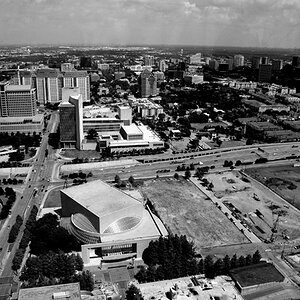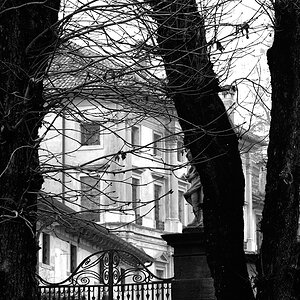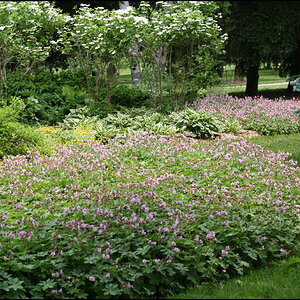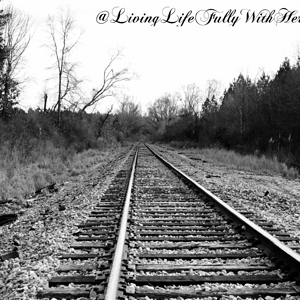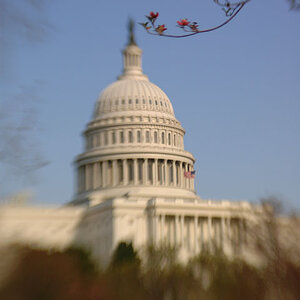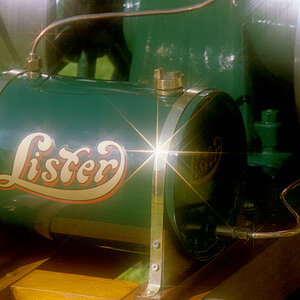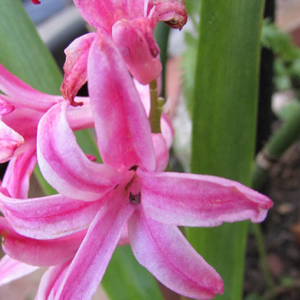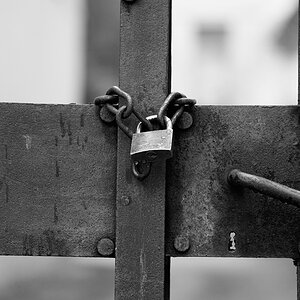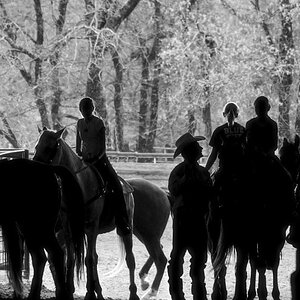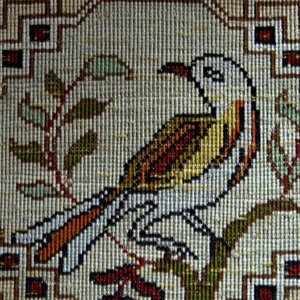- Joined
- Oct 3, 2013
- Messages
- 11,518
- Reaction score
- 4,788
- Location
- Louisville, Nebraksa - United States
- Can others edit my Photos
- Photos OK to edit
Interesting, I wouldn't think to keep ISO on auto I have it in my head to always try and keep it as low as I can for IQ, witch is usually 100-200 for me. I shoot outside in the day alot. I even bought a book about my new camera and the author says first thing take off auto ISO. But I will explore the possibilities of auto ISO and see how it goes. I'm also going to try and shoot the same scean in a all mode and compare more than I have been. I feel like I haf to get M down frist but as a result I delete many photos (all great lessons just not great shots). This forum site is awesome by the way, thanks guys.
Yup, the fear of high ISO is pretty common when your first getting started, but really you don't need to shoot everything at 100-200 for good image quality. Sure, it's nice when you can, but depending on your camera you probably won't even start to notice any noise until you gt above at least 800, and even then on most it doesn't become even slightly noticeable until you get well above that., and usually a bit of noise reduction in post will do wonders for the final image.
I find auto ISO extremely useful - I know I'll always be getting a good exposure that way - and if I'm looking through the viewfinder and I think my ISO is too high I can reduce my shutter speed, or open up the lens a bit by decreasing my Aperture setting - or both. So I still control the ISO by using the other two parameters to get the best results.
Otherwise I'd be having to try and adjust all three for each shot, just wouldn't be very efficient when I can easily and quickly adjust the other two parameters and let the camera set the third accordingly for proper exposure.


